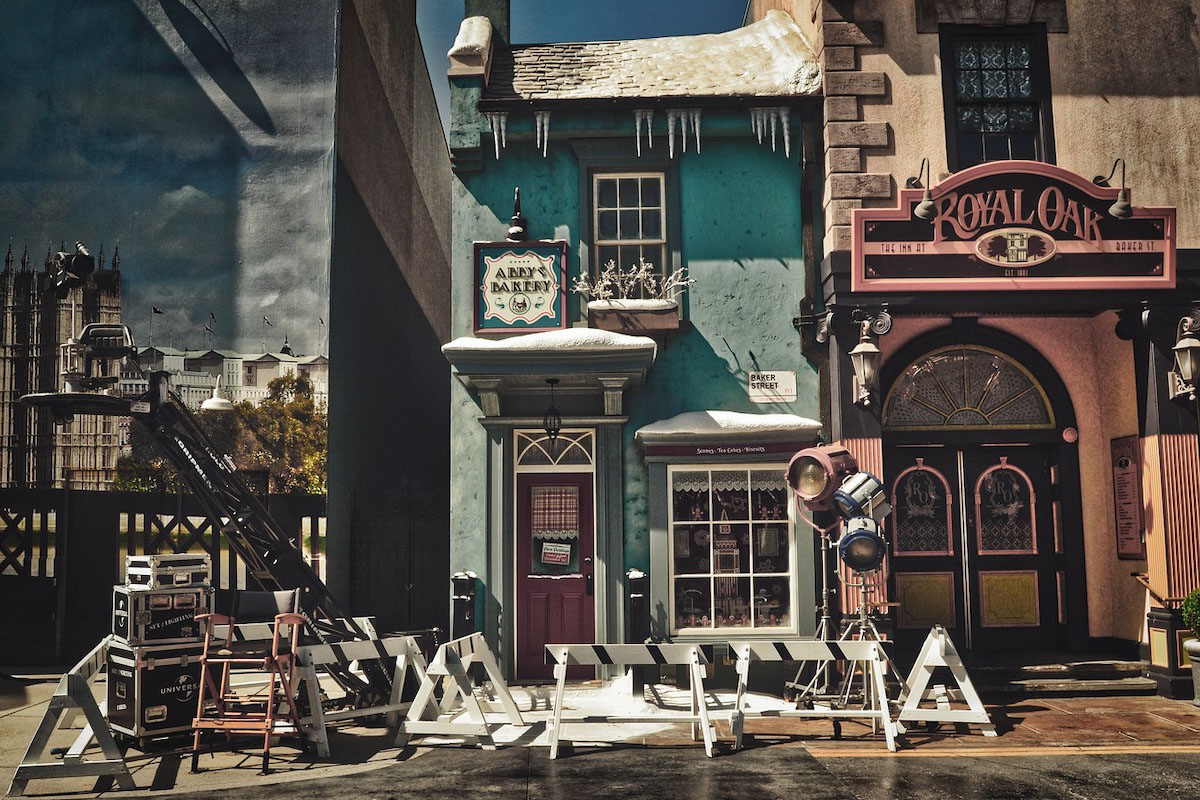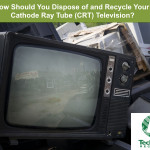Recycling for Filmmaking Essentials
Movies as we know them have existed for more than 100 years, and television has existed for over half a century. While they are different media, the production process has several basic elements in common:
- Creating an environment in which the action can be seen
- Capturing the visuals
- Recording and reproducing sound
There are many more aspects to production of a movie or television show, requiring many different types of equipment, but for our purposes, we are focusing on these three essentials.
It is inevitable that, over the course of more than a century, advances in technology have taken place in the entertainment industry. These innovations have been revolutionary in many respects, changing the way that movies and television are both produced and consumed. When one type of technology gains prominence, another becomes obsolete and must be disposed of. TechWaste Recycling can take care of old film, video, and audio equipment in a manner that is responsible, safe, and compliant with applicable laws.


Lighting Recycling for Production Studios
It is easy to overlook the significance of lighting to movie or television production, but it is absolutely fundamental. Without lighting, a visual medium is worthless.
Filmmakers usually prefer to use artificial lights that they can control over sunlight, candles, household lamps, etc. Sometimes artificial lights are used to simulate a natural or practical light source. This is called “motivated lighting.”
Traditional production lights use bulbs similar to the incandescents used in everyday life, only much more powerful. Filmmakers appreciate these because they render accurate colors, have a wide range of color “temperature,” and can simulate natural light sources. However, there are issues with these types of bulbs as well:
- Not energy efficient
- Produce a great deal of heat
- Sometimes contain toxic chemicals
Light-emitting diodes can accomplish much of what more traditional light sources can while eliminating the disadvantages. They are likely to continue to replace older light sources as they become more cost-efficient to use. As that happens, it will be necessary to dispose of older bulbs and fixtures in a way that does not release harmful chemicals into the environment.
Sound Recording and Audio Equipment Disposal
Once your audience can see the visuals, the next step is to record dialogue, sound effects, and ambient noise as necessary. The most critical unit of sound recording is the microphone. A professional production requires several different types of microphones to record different types of sound:
- Lavalier Microphones: Concealed within an actor’s costume to record dialogue
- Video Microphones: Connect to a camera to create a scratch track to aid the editor with synchronization
- Shotgun microphones: Used with a boom to collect dialogue and ambient room sound; can also capture Foley sounds.
Microphone technology continues to advance, becoming more sensitive and less obtrusive. For example, in the past, microphones would only work if they were hardwired to the recording equipment. Today, the use of wireless transmitters allow actors freedom of movement while recording high-quality sound. Many of previously used microphone types are becoming obsolete and in need of disposal.
Cameras in Studio
Once the scene is visible and the sound can be heard, it is time to start capturing the final project. Initially, this involved recording images on film. The first 100 years or so of filmmaking saw a number of innovations that revolutionized the industry. Prior to the introduction of the Bell and Howell 2709 Standard 35 mm camera in the early 20th century, the movie industry got off to a slow start due to a lack of standardized film size that could play in any theater. The spherical lens of the Super Panavision 70 produced a massive image size that most digital movies today fail to match, producing some of the quintessential movie classics.
The 21st century ushered in a new era of digital filmmaking. Produced in the Sony HD2-F900 camera was one of the first, but the ARRI ALEXA in 2010 quickly made digital filmmaking the industry standard. Studios and filmmakers and TV producers rely more on this technology than ever before. Studio executives need to places to properly dispose of old tech, old cameras and old film.
Embrace New Innovations With Confidence
TechWaste Recycling has provided electronic disposal services in Southern California, including all major studios, for approximately two decades. Contact us for more information or to schedule a free pickup.
Advantages of TechWaste Recycling
TechWaste Recycling holds a number of certifications to ensure that the handling of electronic equipment is compliant with applicable laws. In addition, we hold ourselves to strict standards related to safety, health, and the environment.










































